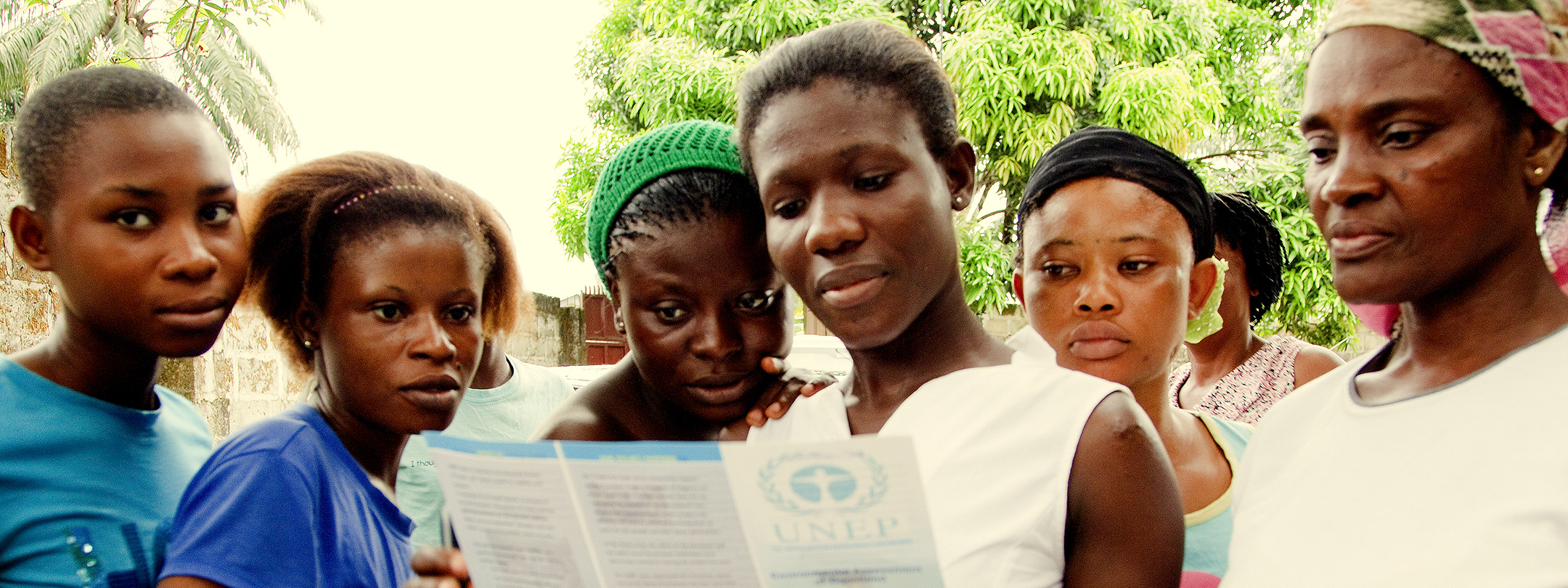USAID/Philippines Success Story of the Environmental Governance (EcoGov) Project (Final Evaluation Report)
Publisher: USAID
Author(s): USAID
Date: 2011
Topics: Assessment, Governance, Monitoring and Evaluation
Countries: Philippines
The Philippines Environmental Governance Project Phase 2 Project (EcoGov) is an initiative of the Government of the Philippines, implemented in partnership with the Department of Environment and Natural Resources, Department of the Interior and Local Government, local government and other stakeholders, funded by the United States Agency for International Development and managed by Development Alternatives, Inc (DAI).
At the national level, the principal counterparts of the EcoGov project are the Department of Environment and Natural Resources (DENR) and several of its bureaus. The project also works with the Department of Agriculture-Bureau of Fisheries and Aquatic Resources (DA/BFAR), Department of the Interior and Local Government (DILG), and the Leagues of Municipalities, Cities, and Provinces (LMP, LCP, and LPP, respectively). At the local level, the project works directly with local governments (LGUs), as well as the local offices of national government agencies. At all levels, the project works with civil society organizations, academic institutions, local service providers and private sector entities, which are stakeholders, or partners.
EcoGov supports the overall goal of enhanced security, governance, and capacity for sustainable and equitable economic growth. The long-term vision for EcoGov is to conserve biological diversity by addressing problems of open access, pollution of coastal waters and water bodies in urban areas, and mitigating natural resource-based conflicts in key biodiversity areas (KBAs).
The intermediate objective of EcoGov is to promote improved governance of forest and coastal resources and management of urban environment. “Governance” and “improved management” are measured by quantitative indicators (i.e., number of hectares under improved management). These are supplemented by qualitative indicators expressed as sets of minimum conditions or minimum requirements that would render an area “under improved management,” or a local government unit as “well performing.” Technical outcomes are defined in terms of biodiversity threat reduction, such as reduced levels of illegal logging and conversion of forestlands, reduced overfishing and destructive fishing, and reduced wastes that contaminate soil, and enter various waterways, streams, rivers and seas. These metrics are elaborated throughout the report.
An integrated ecosystem management approach, Ridge to Reef (R2R) has been advanced by EcoGov in selected KBAs. Ecosystems inextricably linked, are responsible for life supporting environmental services - the hydrological, nitrogen and carbon cycles that are essential for long term human survival. Sustaining these cycles addresses three major concerns; water security, health security, and food security. The R2R approach is scalable, in that it allows for a wide range of interventions, from small, discreet, single sub-sector initiatives to complex, long term, multi-sector, multi-partner interventions in environmental management. R2R provides for system-wide analysis in the sense that communities can have a better understanding of the root causes of threats to biodiversity, and formulate appropriate actions and responses. EcoGov provides technical assistance in four technical areas that represent important sectors within a watershed or contiguous bio-geographic areas for natural resource management. These include Forest and Forestlands Management (FFM), Solid Waste Management (SWM), Waste Water Management (WWM), and Coastal Resources Management (CRM). A fifth, cross-cutting technical component deals with Governance and Advocacy (GoAd).
The R2R framework has been adopted by multilateral donors such as the World Bank (Global Environment Facility), Asian Development Bank (ADB), bilateral donors, such as the GTZ1 and International Development Research Centre (IDRC), international NGOs such as the WWF, and private sector corporations such as Smart Communications, as part of their programming in environment and natural resources management and related subsectors.
The geographic focus of the project, true to the R2R approach, includes diverse areas of the country that traverse coastal and marine sites, agriculturally rich landscapes, and steep, high mountain areas. In Northern Luzon, the project has worked in four provinces that include the Northern Sierra Madre Mountains, Quirino Protected Landscape, Casecnan Protected Landscape and Aurora Memorial Park, where the country’s remaining largest blocks of rainforests can still be found. In the Central Visayas, EcoGov has provided technical assistance in coastal areas that include KBAs such as Tañon Strait and other important watershed and forest areas. In Western and South/Central Mindanao, EcoGov has been working with 78 LGUs that are both landlocked and coastal – many of which are in provinces encompassed by the Autonomous Region of Muslim Mindanao (ARMM). The landscape of the island includes important watersheds and protected areas like the worldfamous Mt. Apo National Park, and significant seascapes and marine areas as well as important wetlands and upland forest areas. The map on the next page shows the Philippines KBAs and the provinces where EcoGov has provided technical assistance.
